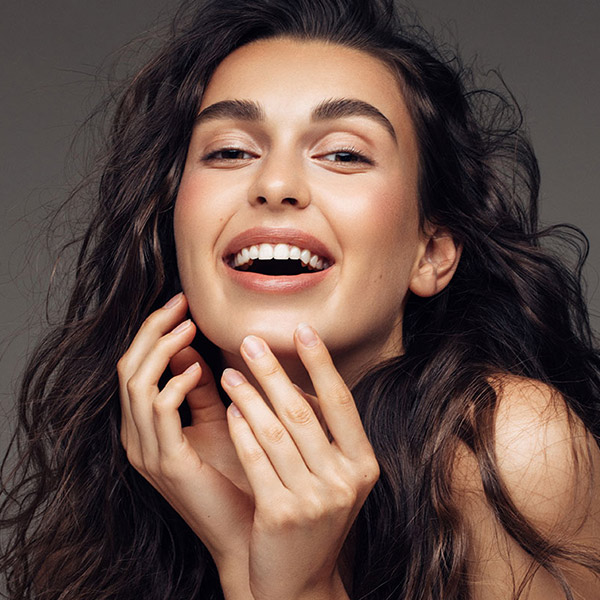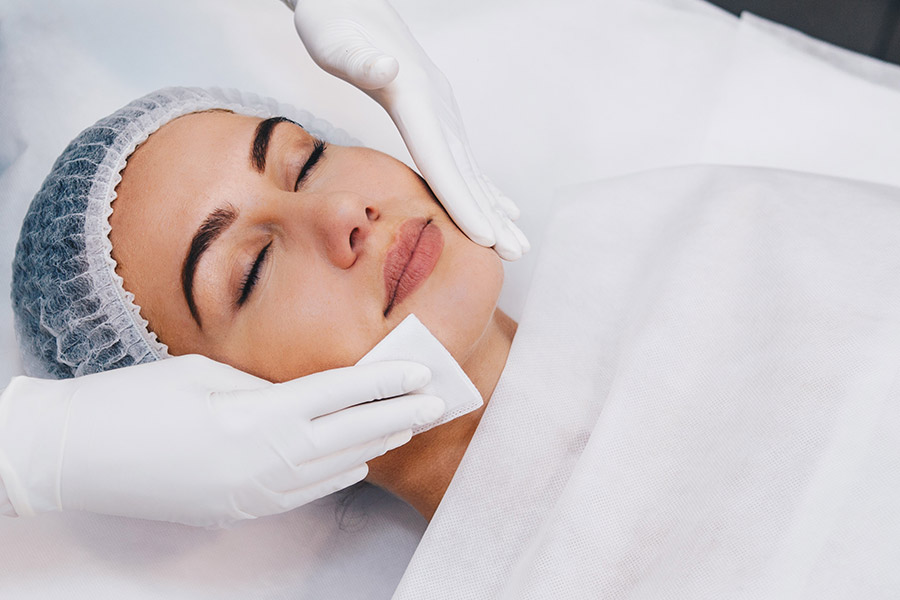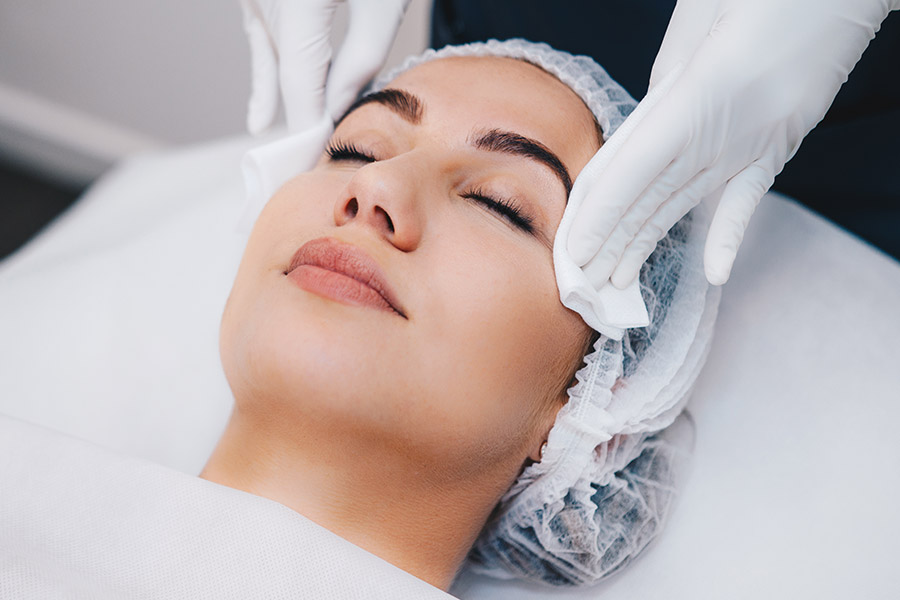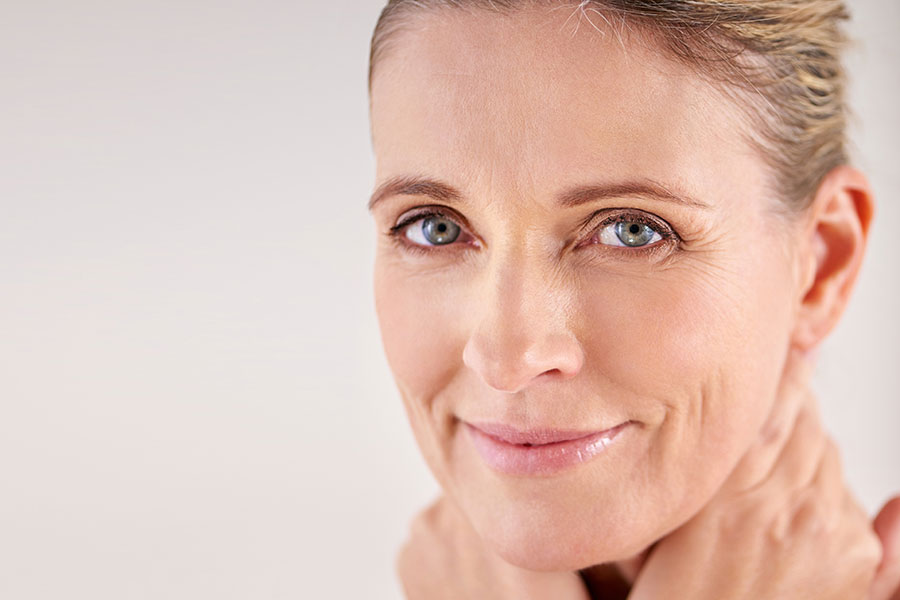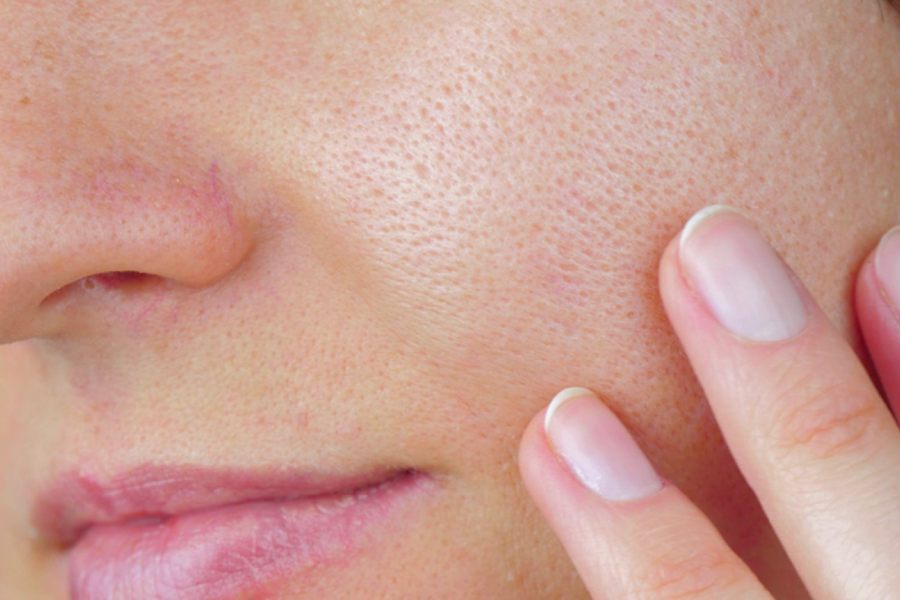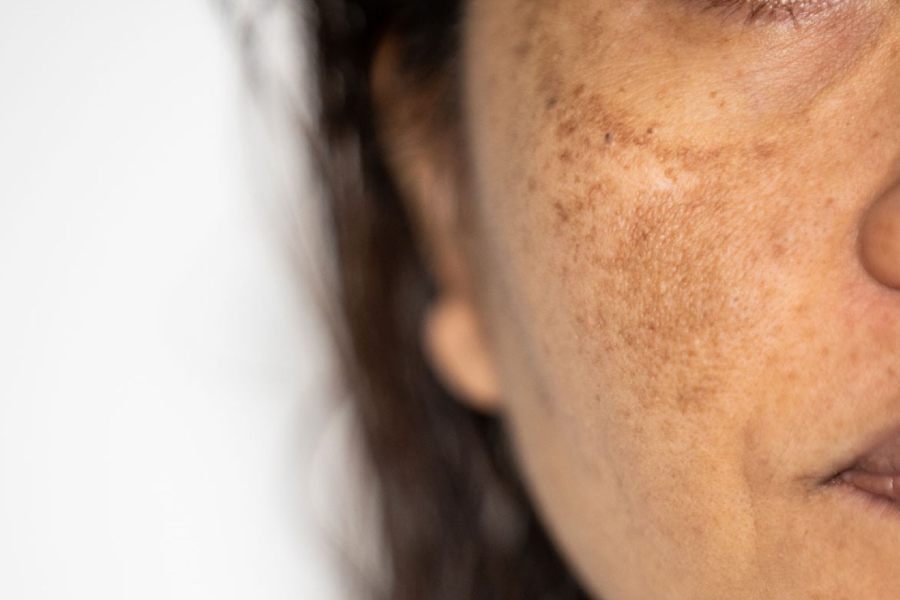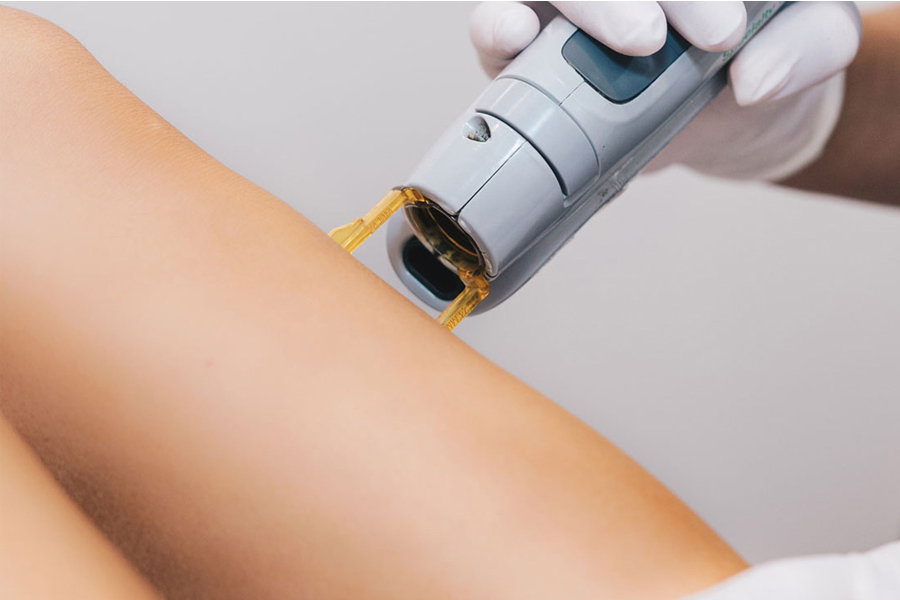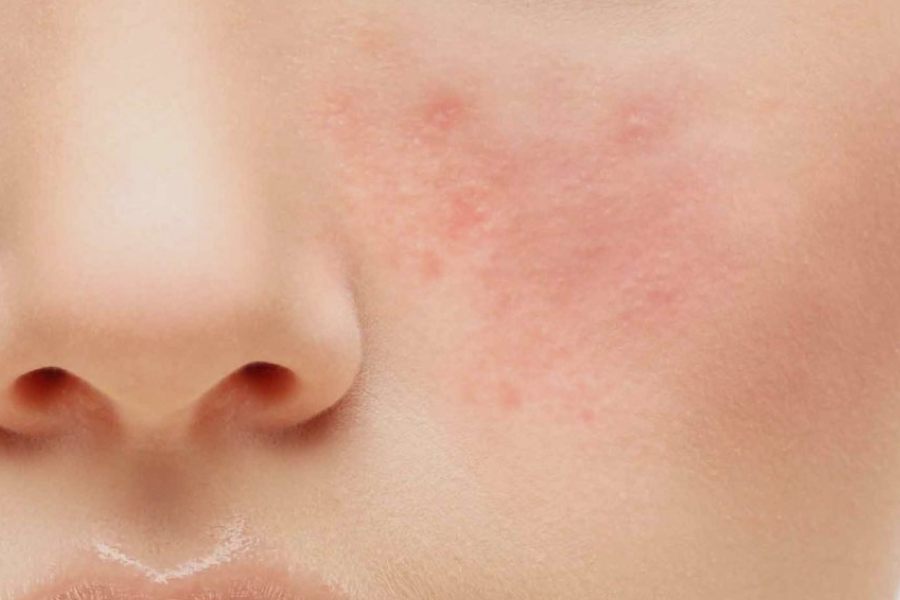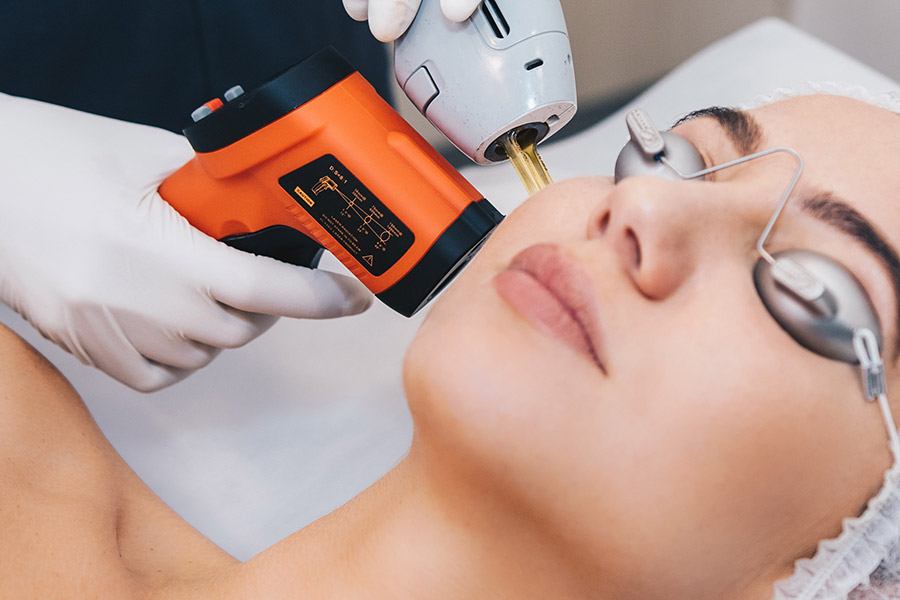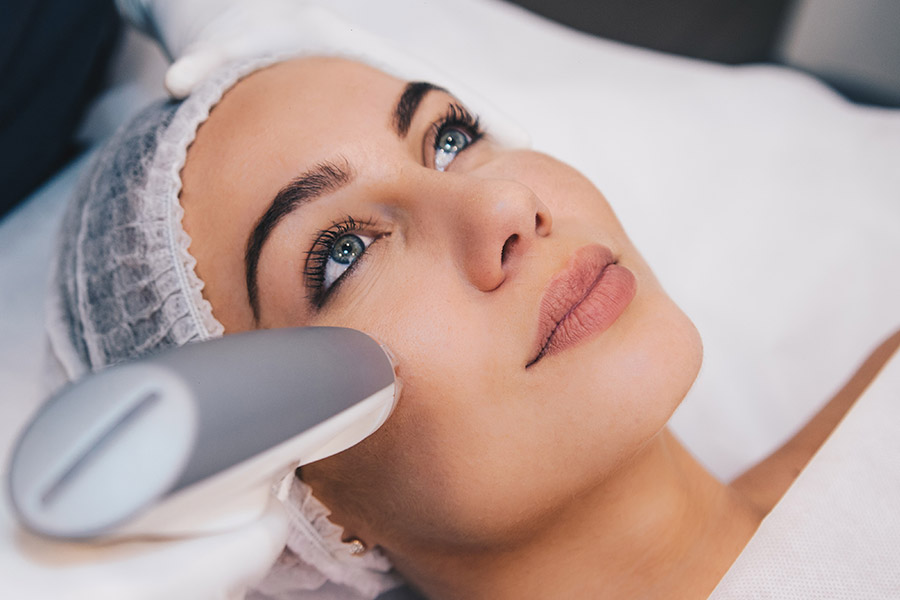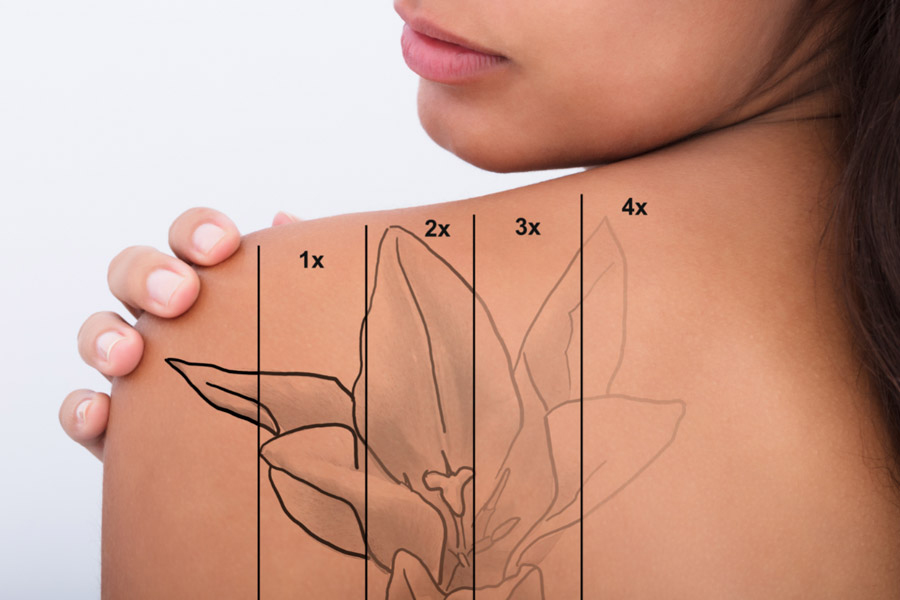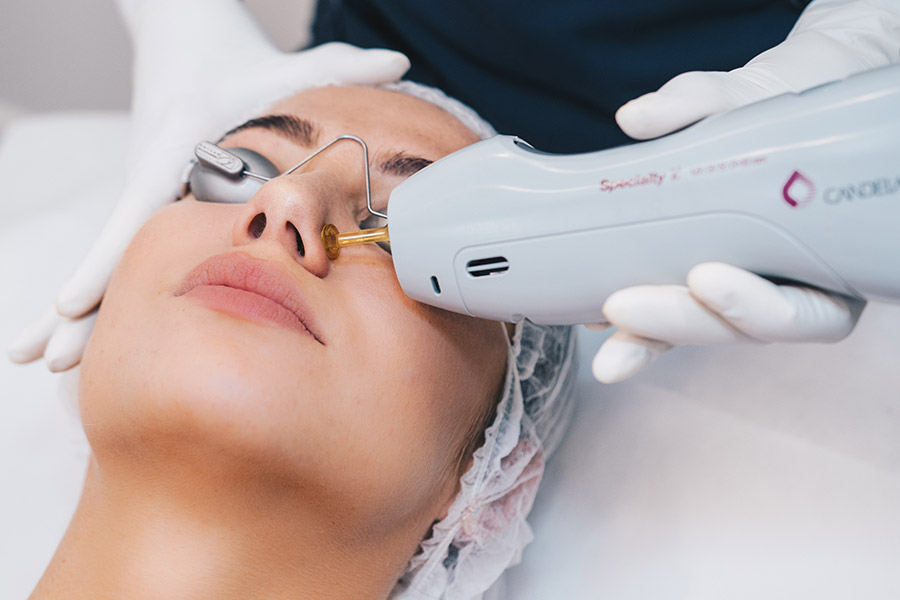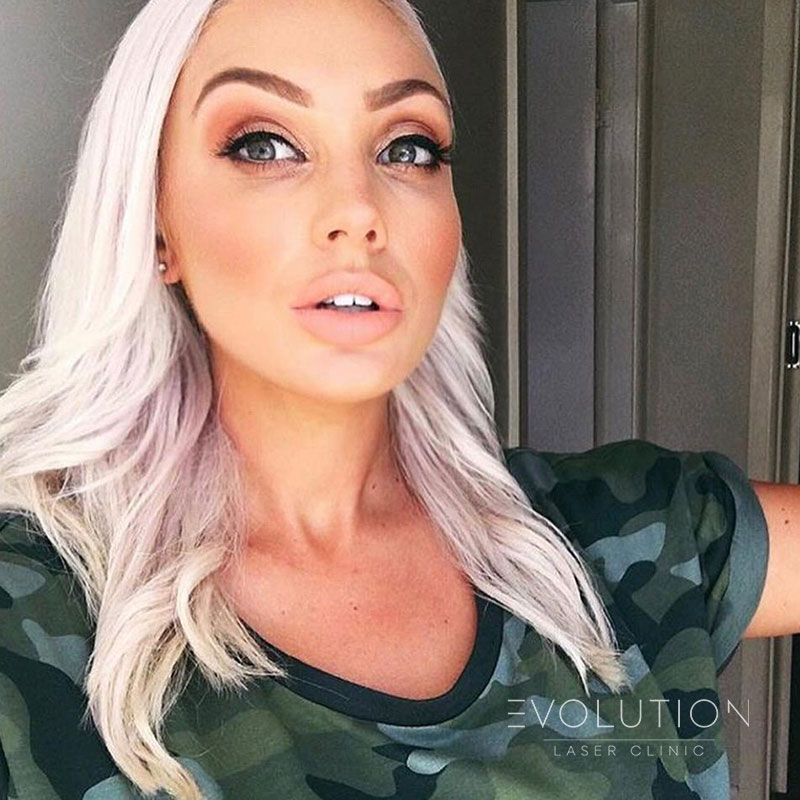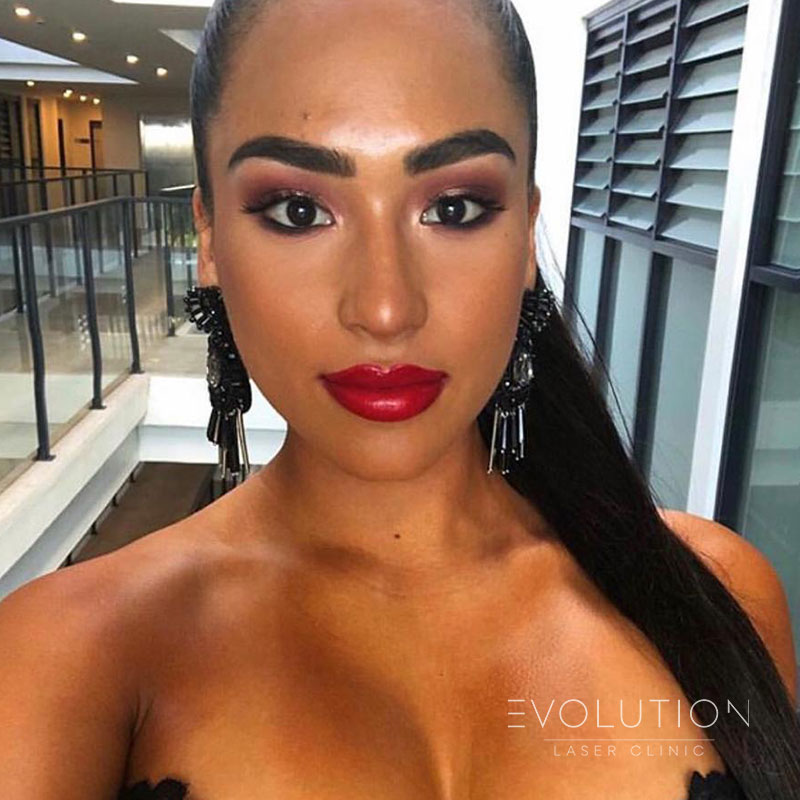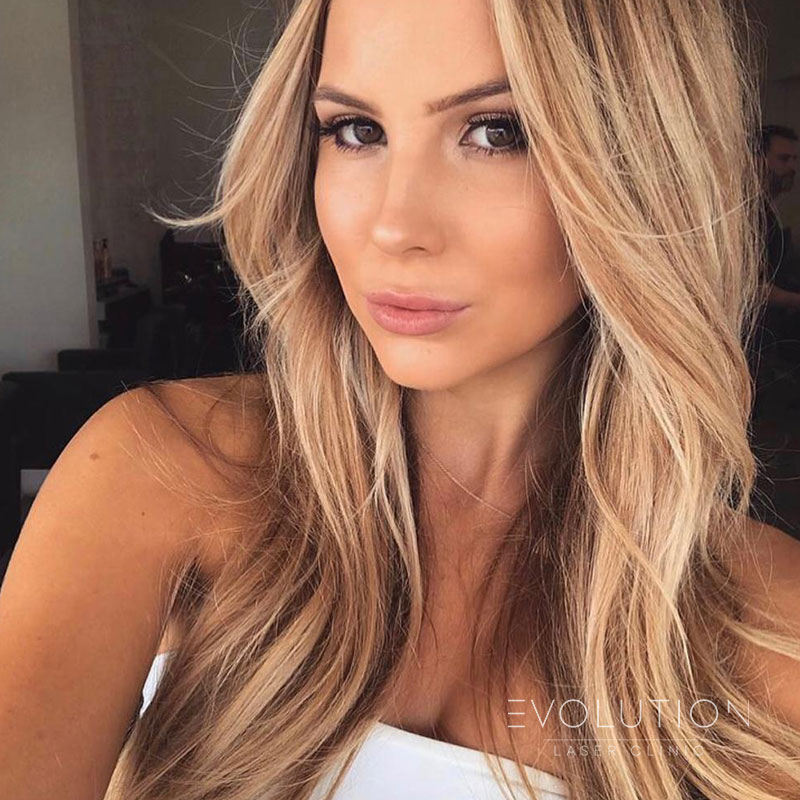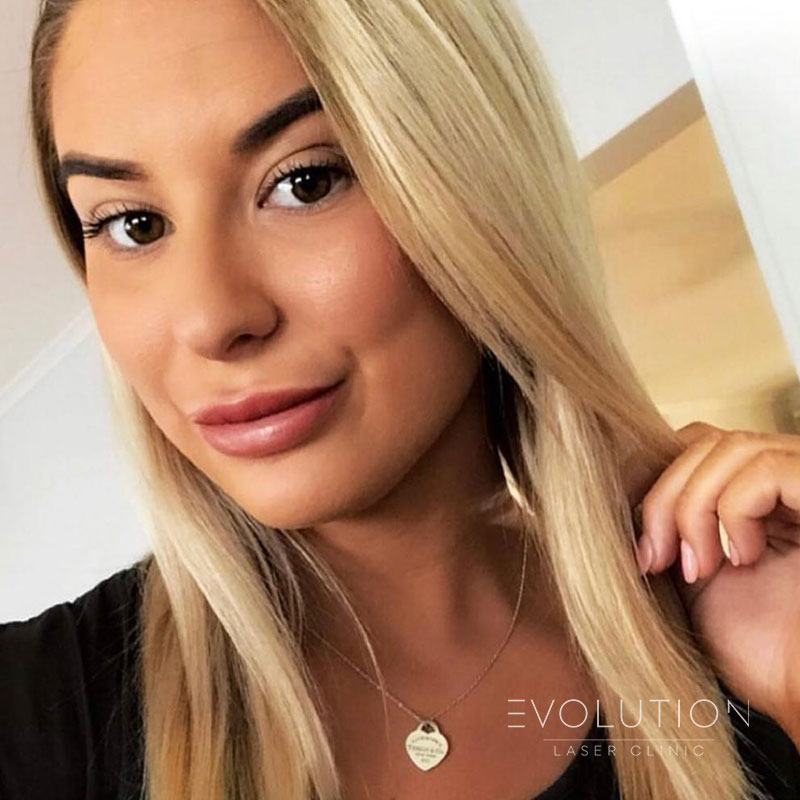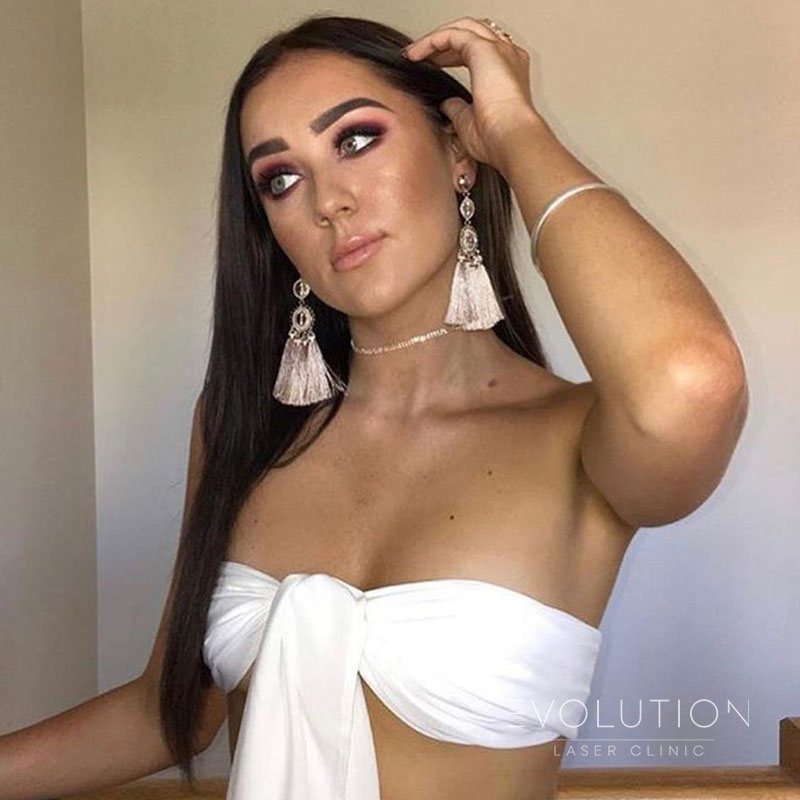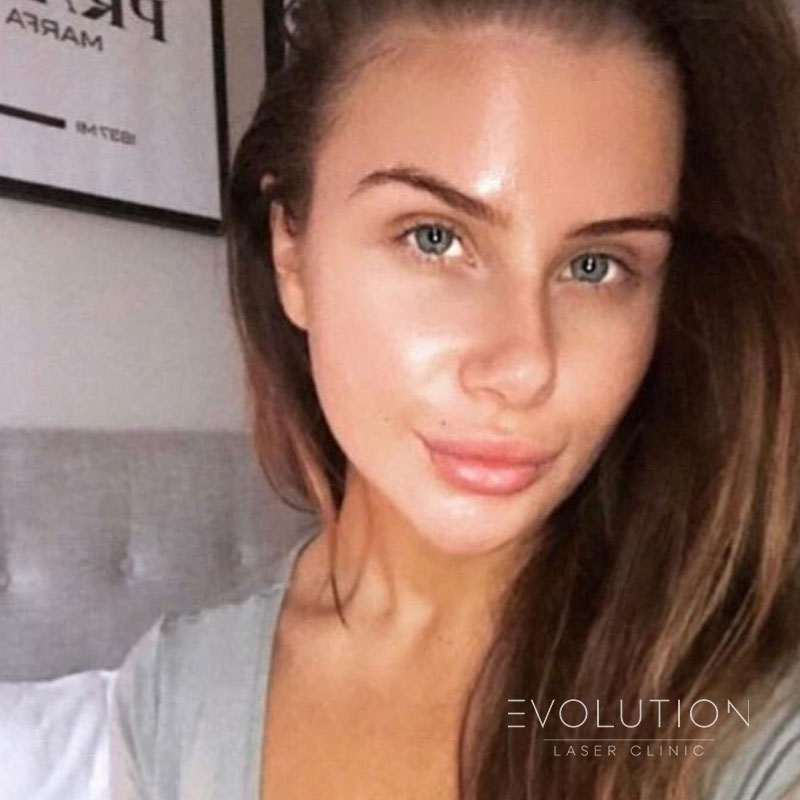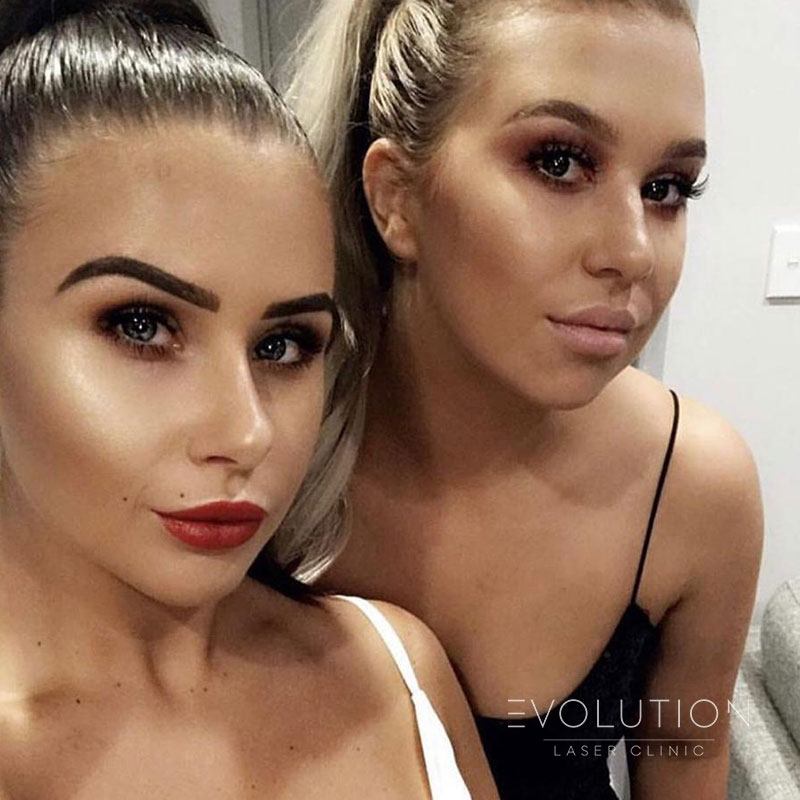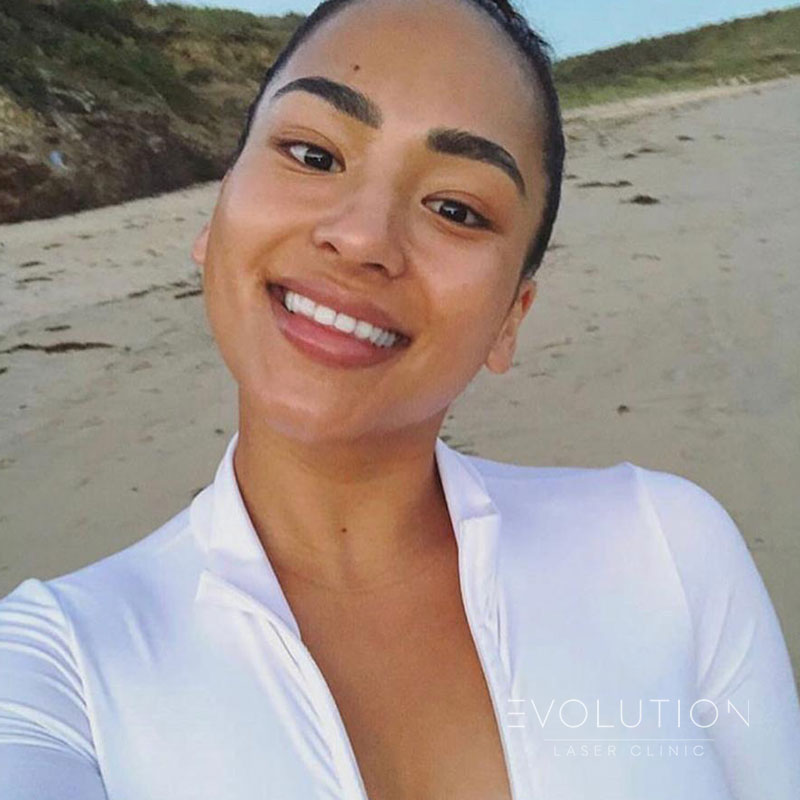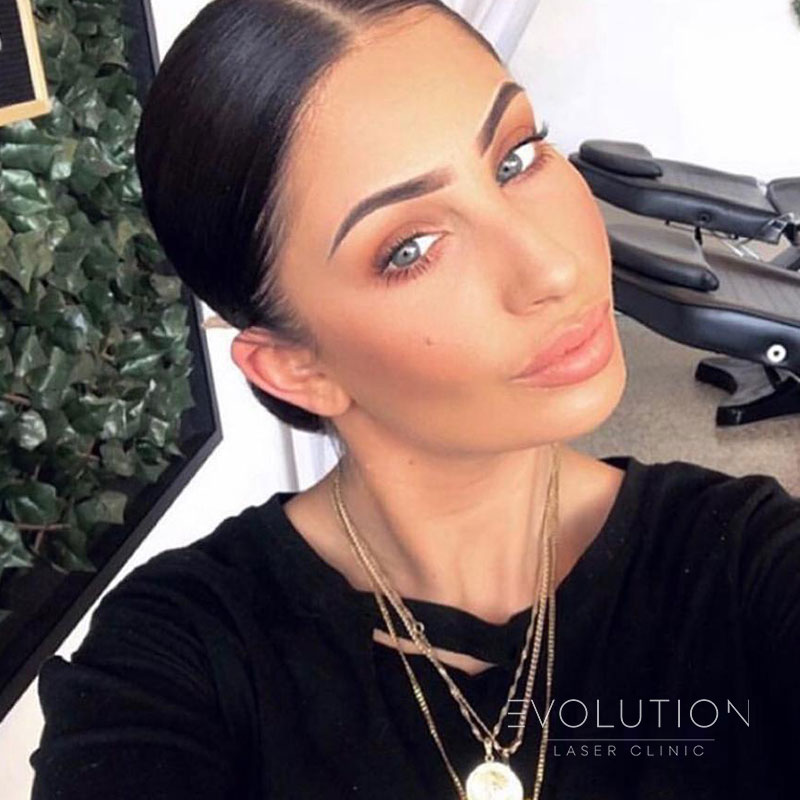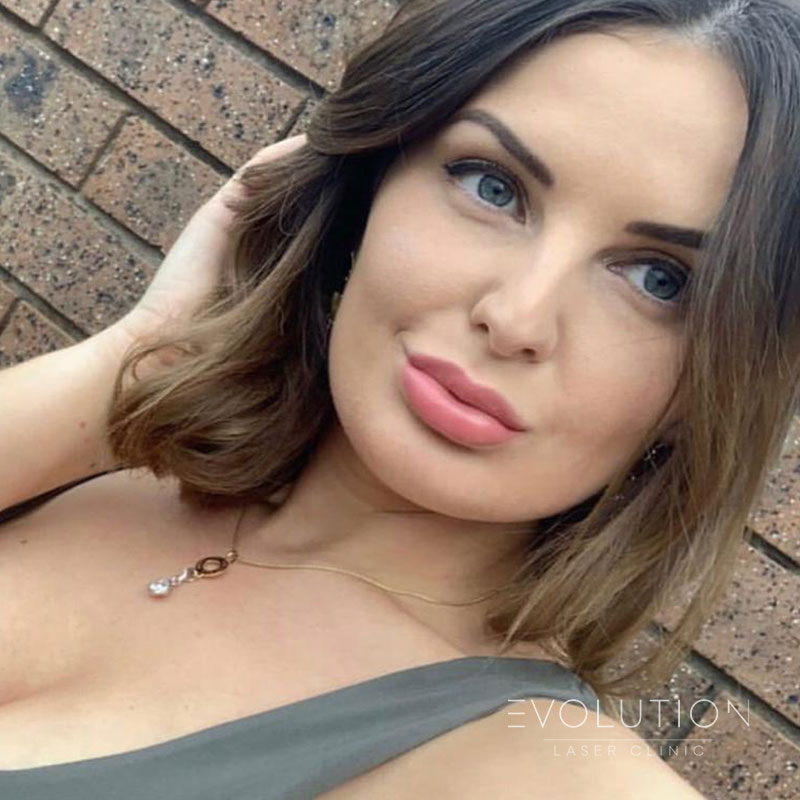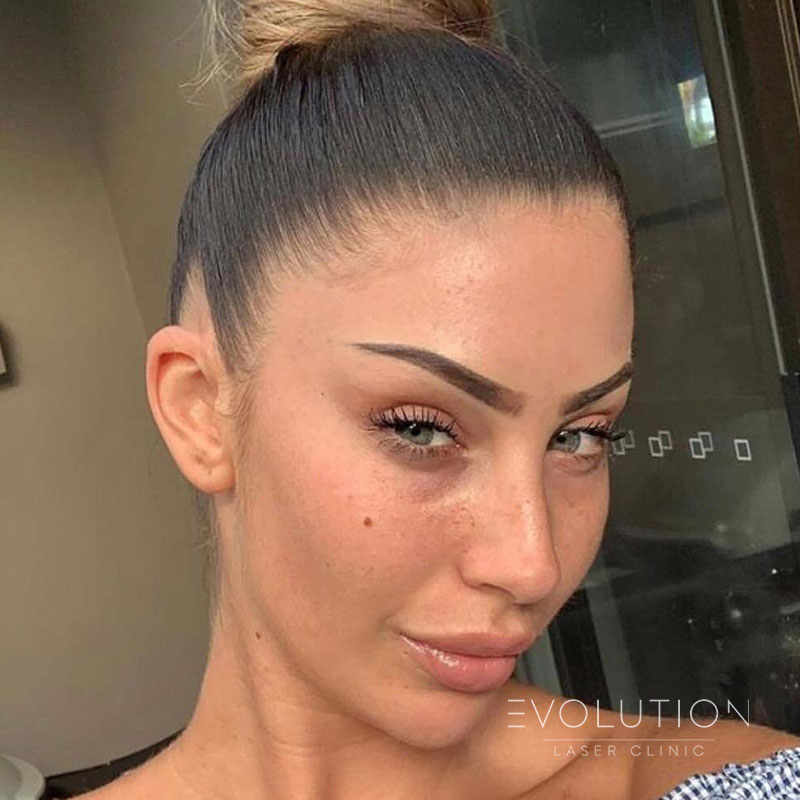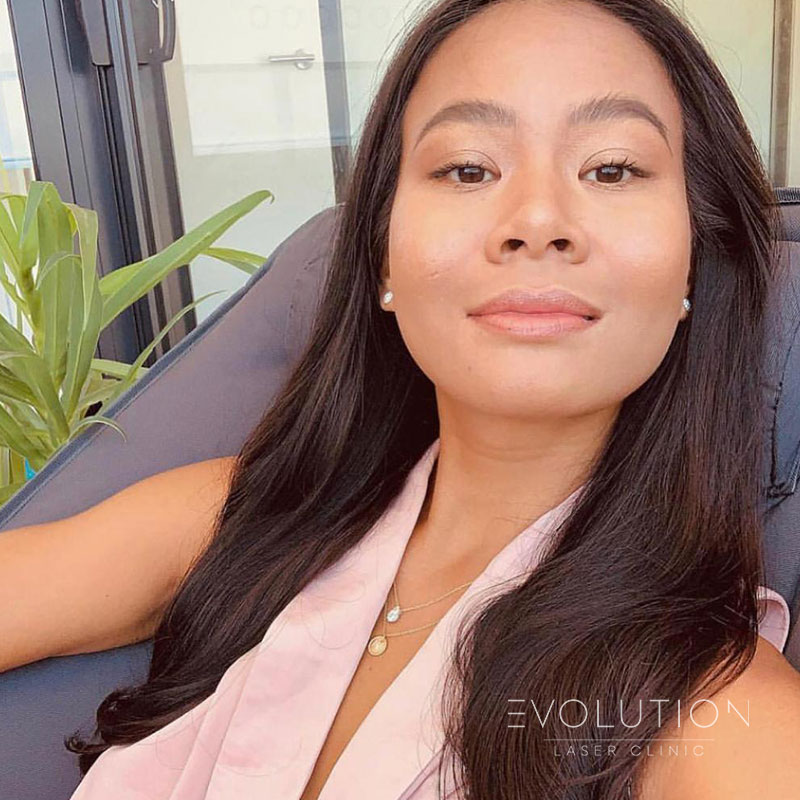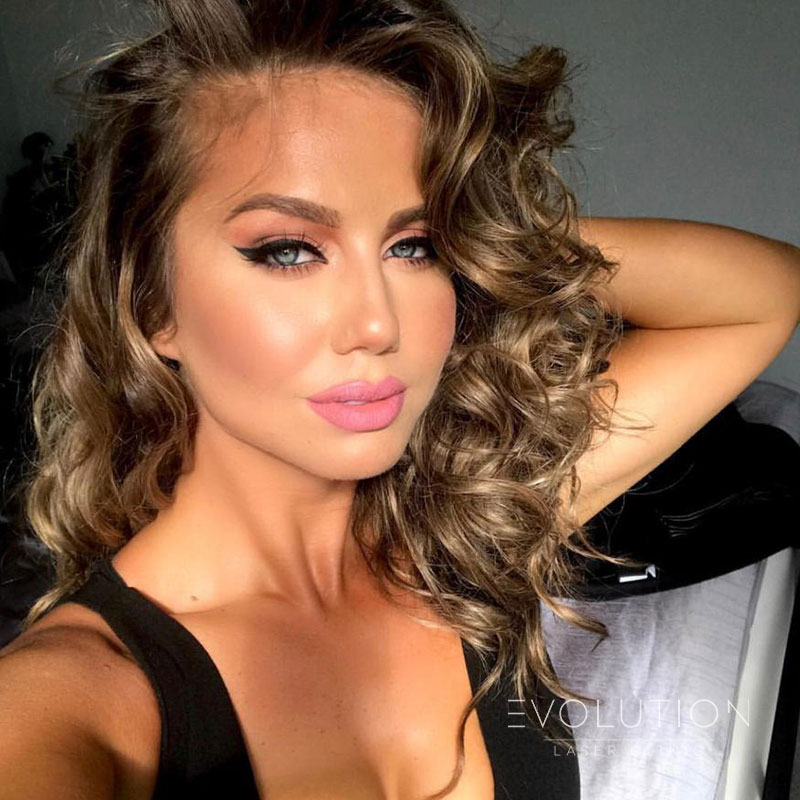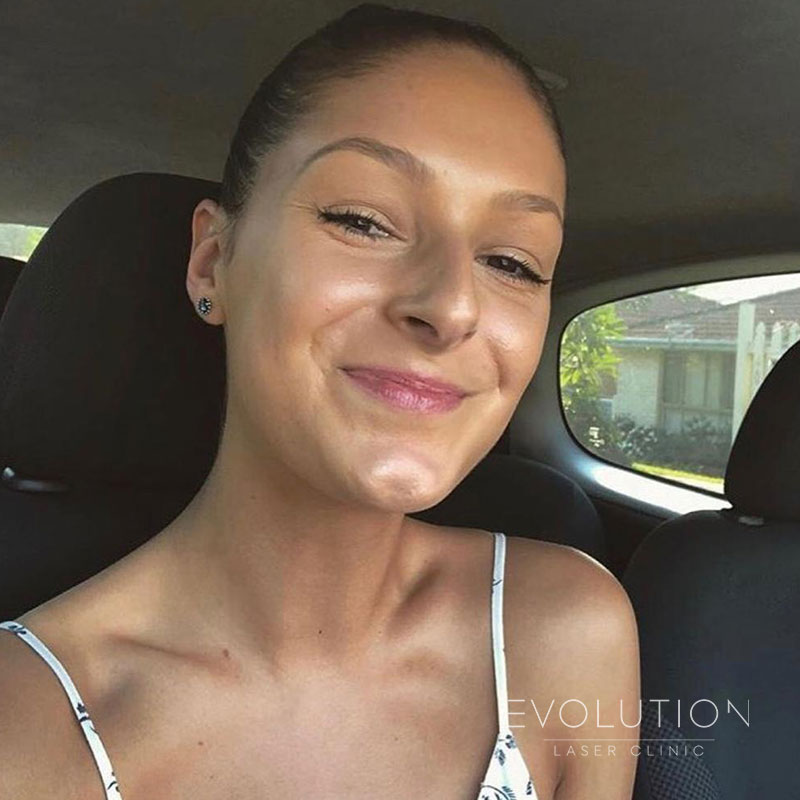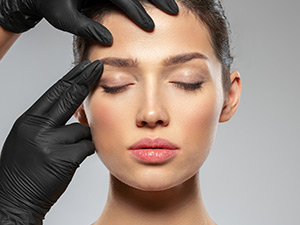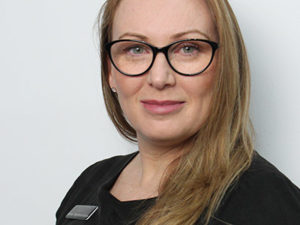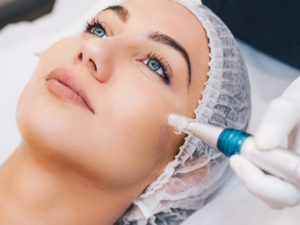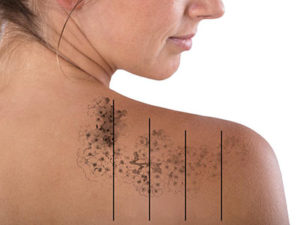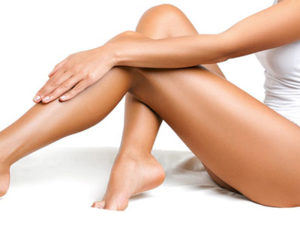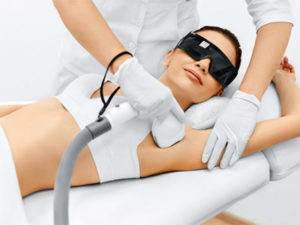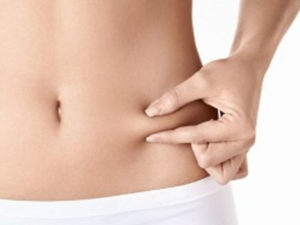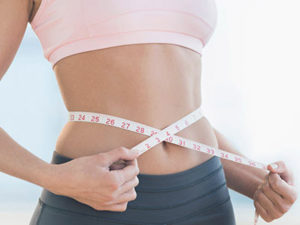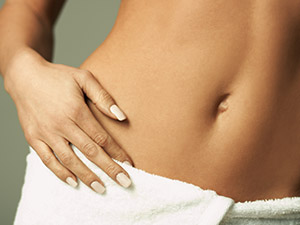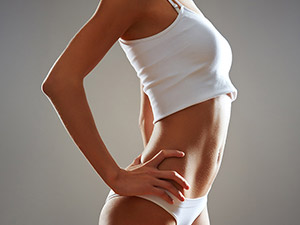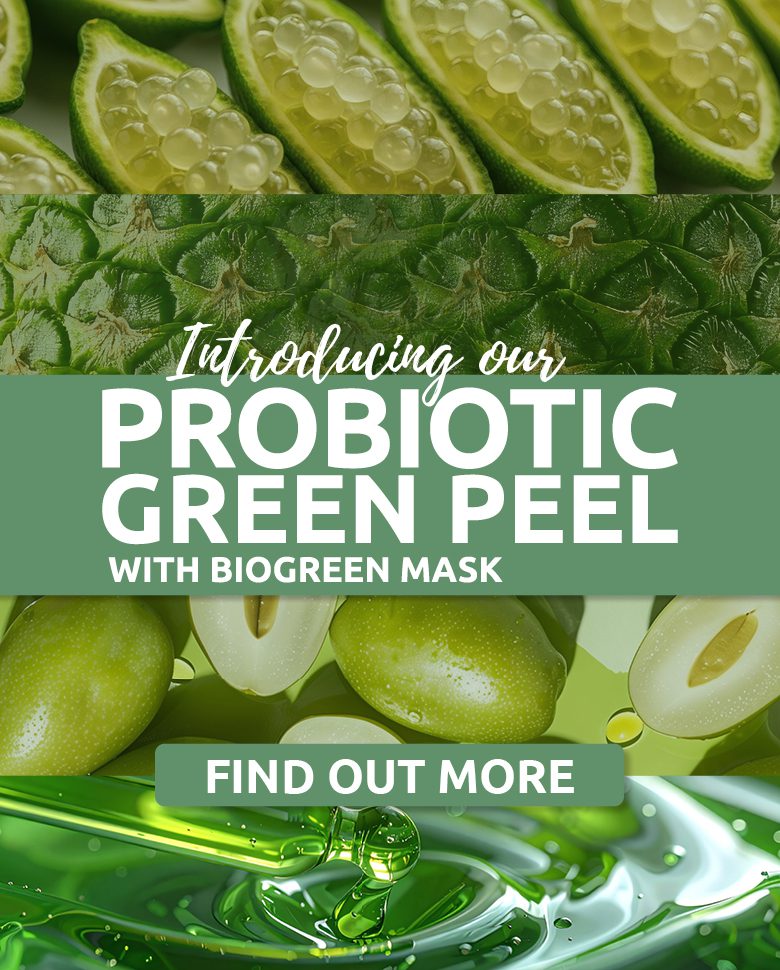Strengthen and improve texture whilst targeting overactive sebaceous glands.
Breakouts are characterised by red pimples on the skin due to inflamed or infected oil glands and are chiefly present among teenagers but can last well beyond the teen years. It can be painful, challenging to manage and may lead to scarring. We provide several treatments for breakouts and blemishes to help you regain control over your skin.
There are three stages of breakouts: mild, moderate and severe. They can occur commonly on the face, neck, shoulders and back. Swelling in the skin occurs when excess sebum, hair follicles and dead skin cells become clogged within the pores, allowing bacteria to develop beneath the surface and cause irritation. Although breakouts are most common during the teenage years, some people may continue to experience blemishes well into adulthood.
Restructure old scar tissue and stimulate the production of new collagen.
Scarring caused by severe breakouts can lead to permanent textural changes and indentations. As active breakouts appear and heal, they can leave behind areas that look red, irritated, inflamed and uneven.
These scars may become more visible as the skin naturally loses collagen with age. On the face, scarring often presents as textural irregularities with shallow or indented areas, while on the back and chest, scars may appear raised or lumpy. Their colour can vary from matching the natural skin tone to appearing darker or more noticeable. Some keloid scars can remain red for many years.
At Evolution Laser Clinic, we offer targeted skin treatments for scarring to help restore a smoother, more even-looking complexion.
Tighten skin, soften facial lines, minimise the appearance of pigmentation, temporarily restore volume and intensely re-hydrate the skin.
Over time, a combination of genetic, lifestyle, dietary and environmental factors contributes to visible skin ageing. Personal habits, such as smoking, can produce free radicals, which are unstable oxygen molecules that damage healthy skin cells and accelerate the appearance of fine lines and other signs of ageing skin.
There are three types of skin ageing. The first is intrinsic ageing, which refers to the natural ageing process that begins in our mid-twenties. At this stage, the body’s collagen and elastin production gradually slows, reducing the skin’s ability to remain firm and resilient. As a result, the skin may begin to lose volume, elasticity and strength, leading to a more fragile appearance over time. In addition, the sebaceous glands produce less natural oil, which contributes to dryness and the formation of facial lines. With our treatments for ageing skin, we can help you maintain a fresher, brighter, more youthful-looking glow.
Minimise the appearance of enlarged pores
The appearance of enlarged pores can begin when makeup, dirt or oil accumulates within the pore. This buildup can cause blockages that stretch the pore walls, making them appear larger and more visible over time.
Enlarged pores may appear due to:
- Increased sebum production
- Hair follicle size
- Use of comedogenic products
- Loss of skin elasticity with age
- Sun damage
Minimise the appearance of the discolouration of melasma
Melasma causes dark, discoloured patches on your skin that typically occur on the face and are symmetrical. Melasma is more common in women than in men, with an onset typically between the ages of 20 and 40 years. These patches appear darker than your usual skin colour.\
Melasma can appear on:
- Cheeks
- Forehead
- Nose
- Chin
- Neck
Target superficial pigment & dermal pigment whilst reversing the signs of sun damage & ageing.
The dermis, or second layer of skin, is responsible for producing a pigment called melanin. When melanin production becomes overstimulated, it can lead to excess pigmentation. This overstimulation can be triggered by sun exposure, hormonal changes or certain medications.
Excess pigmentation often appears as brown discolouration on the cheeks, forehead, chin and upper lip, usually in a symmetrical pattern. It primarily appears in women but can also appear in men.
Help treat your rosacea
Rosacea is a non-contagious skin inflammation that mainly affects the face. This chronic but treatable skin condition can be characterised by flushing or persistent redness of the nose, cheeks, chin or forehead. Over time, visible blood vessels may appear as well as changes in texture.
Factors that can trigger rosacea:
- Alcohol consumption
- Hot drinks; coffee and tea
- Spicy foods
- Emotional stress and anxiety
- UV exposure
This treatment provides a long-lasting tightening effect to lift and brighten complexion.
As we age, the outer layer of our skin naturally thins, and along with this goes the layer of fat and collagen that used to keep our skin looking youthful and plump. In contrast to the taut, supple appearance your skin has when you’re younger, ageing skin loses its elasticity and its ability to “bounce back”.
The symptoms of ageing often become more noticeable around areas such as your cheeks, jaw line and neck. Weight loss, pregnancy and changes in muscle tone can affect firmness and elasticity in the skin. Unfortunately, this is a natural and gradual process that occurs as part of the body’s ageing cycle.
Restructure old scar tissue and stimulate the production of new collagen.
Stretchmarks are not dangerous or harmful, but they can leave visible bands of lines on the skin. They can vary in colour and size from purple, grey or white. They have a different texture to the rest of the skin and can be sore or itchy.
The common cause of stretch marks is a sudden change in body size or weight, such as during pregnancy, rapid weight gain or loss or periods of growth in adolescence.
Our treatment is quick, precise and non-invasive.
Tattoo application uses a mechanised needle to puncture the skin and inject ink into the dermis or second layer of skin just below the epidermis. Since this process involves damaging the skin, the body responds with white blood cells, which attempt to absorb the foreign particles and dispose of them in the bloodstream. The pigment is then left behind as they are too big to be taken by the white blood cells, resulting in a tattoo.
Reduce and remove superficial vascular lesions and diffuse redness.
Visible veins and capillaries beneath the skin are common, especially in individuals with pale skin. They’re usually harmless and don’t affect blood circulation or health.
The most common causes include:
- Fair skin tones where veins tend to be more visible
- Lower body fat levels, which provide less tissue coverage and make veins appear more prominent
- Veins located close to the skin’s surface, especially on the legs and face
Breakout and Blemish Management
Strengthen and improve texture whilst targeting overactive sebaceous glands.
Breakouts are characterised by red pimples on the skin due to inflamed or infected oil glands and are chiefly present among teenagers but can last well beyond the teen years. It can be painful, challenging to manage and may lead to scarring. We provide several treatments for breakouts and blemishes to help you regain control over your skin.
There are three stages of breakouts: mild, moderate and severe. They can occur commonly on the face, neck, shoulders and back. Swelling in the skin occurs when excess sebum, hair follicles and dead skin cells become clogged within the pores, allowing bacteria to develop beneath the surface and cause irritation. Although breakouts are most common during the teenage years, some people may continue to experience blemishes well into adulthood.
Scarring Reduction
Restructure old scar tissue and stimulate the production of new collagen.
Scarring caused by severe breakouts can lead to permanent textural changes and indentations. As active breakouts appear and heal, they can leave behind areas that look red, irritated, inflamed and uneven.
These scars may become more visible as the skin naturally loses collagen with age. On the face, scarring often presents as textural irregularities with shallow or indented areas, while on the back and chest, scars may appear raised or lumpy. Their colour can vary from matching the natural skin tone to appearing darker or more noticeable. Some keloid scars can remain red for many years.
At Evolution Laser Clinic, we offer targeted skin treatments for scarring to help restore a smoother, more even-looking complexion.
Anti-Ageing
Tighten skin, soften facial lines, minimise the appearance of pigmentation, temporarily restore volume and intensely re-hydrate the skin.
Over time, a combination of genetic, lifestyle, dietary and environmental factors contributes to visible skin ageing. Personal habits, such as smoking, can produce free radicals, which are unstable oxygen molecules that damage healthy skin cells and accelerate the appearance of fine lines and other signs of ageing skin.
There are three types of skin ageing. The first is intrinsic ageing, which refers to the natural ageing process that begins in our mid-twenties. At this stage, the body’s collagen and elastin production gradually slows, reducing the skin’s ability to remain firm and resilient. As a result, the skin may begin to lose volume, elasticity and strength, leading to a more fragile appearance over time. In addition, the sebaceous glands produce less natural oil, which contributes to dryness and the formation of facial lines. With our treatments for ageing skin, we can help you maintain a fresher, brighter, more youthful-looking glow.
Enlarged Pores
Minimise the appearance of enlarged pores
The appearance of enlarged pores can begin when makeup, dirt or oil accumulates within the pore. This buildup can cause blockages that stretch the pore walls, making them appear larger and more visible over time.
Enlarged pores may appear due to:
- Increased sebum production
- Hair follicle size
- Use of comedogenic products
- Loss of skin elasticity with age
- Sun damage
Melasma
Minimise the appearance of the discolouration of melasma
Melasma causes dark, discoloured patches on your skin that typically occur on the face and are symmetrical. Melasma is more common in women than in men, with an onset typically between the ages of 20 and 40 years. These patches appear darker than your usual skin colour.
Melasma can appear on:
- Cheeks
- Forehead
- Nose
- Chin
- Neck
Pigmentation Reduction
Target superficial pigment & dermal pigment whilst reversing the signs of sun damage & ageing.
The dermis, or second layer of skin, is responsible for producing a pigment called melanin. When melanin production becomes overstimulated, it can lead to excess pigmentation. This overstimulation can be triggered by sun exposure, hormonal changes or certain medications.
Excess pigmentation often appears as brown discolouration on the cheeks, forehead, chin and upper lip, usually in a symmetrical pattern. It primarily appears in women but can also appear in men.
Rosacea
Help treat your rosacea
Rosacea is a non-contagious skin inflammation that mainly affects the face. This chronic but treatable skin condition can be characterised by flushing or persistent redness of the nose, cheeks, chin or forehead. Over time, visible blood vessels may appear as well as changes in texture.
Factors that can trigger rosacea:
- Alcohol consumption
- Hot drinks; coffee and tea
- Spicy foods
- Emotional stress and anxiety
- UV exposure
Skin Tightening & Firming
This treatment provides a long-lasting tightening effect to lift and brighten complexion.
As we age, the outer layer of our skin naturally thins, and along with this goes the layer of fat and collagen that used to keep our skin looking youthful and plump. In contrast to the taut, supple appearance your skin has when you’re younger, ageing skin loses its elasticity and its ability to “bounce back”.
The symptoms of ageing often become more noticeable around areas such as your cheeks, jaw line and neck. Weight loss, pregnancy and changes in muscle tone can affect firmness and elasticity in the skin. Unfortunately, this is a natural and gradual process that occurs as part of the body’s ageing cycle.
Stretchmarks & Scar Reduction
Restructure old scar tissue and stimulate the production of new collagen.
Stretchmarks are not dangerous or harmful, but they can leave visible bands of lines on the skin. They can vary in colour and size from purple, grey or white. They have a different texture to the rest of the skin and can be sore or itchy.
The common cause of stretch marks is a sudden change in body size or weight, such as during pregnancy, rapid weight gain or loss or periods of growth in adolescence.
Tattoo removal
Our treatment is quick, precise and non-invasive.
Tattoo application uses a mechanised needle to puncture the skin and inject ink into the dermis or second layer of skin just below the epidermis. Since this process involves damaging the skin, the body responds with white blood cells, which attempt to absorb the foreign particles and dispose of them in the bloodstream. The pigment is then left behind as they are too big to be taken by the white blood cells, resulting in a tattoo.
Vein & Capillaries
Reduce and remove superficial vascular lesions and diffuse redness.
Visible veins and capillaries beneath the skin are common, especially in individuals with pale skin. They’re usually harmless and don’t affect blood circulation or health.
The most common causes include:
- Fair skin tones where veins tend to be more visible
- Lower body fat levels, which provide less tissue coverage and make veins appear more prominent
- Veins located close to the skin’s surface, especially on the legs and face
Treatment Considerations
Every skin type is unique, which means our skin treatments in Australia may respond differently for each individual. Results may vary, and follow-up or maintenance sessions may be needed to maintain the best outcomes.
Not all treatments are suitable for everyone, which is why we’ll examine any contraindications during your consultation to confirm the treatment is suitable for you. We’ll take the time to discuss your medical profile and facial skin concerns to ensure our recommendations are personalised and appropriate.
Book an Initial Consultation for Tailored Skin Treatments in Australia
The first step in determining the most suitable treatment for your skin concerns is to book an initial consultation with one of our experienced therapists. During this appointment, we’ll assess your overall skin health, lifestyle factors and medical history to ensure a safe and informed approach.
From there, we’ll design a bespoke treatment plan tailored to your individual needs and cosmetic goals, helping you achieve natural-looking, long-term results. We’ll also explain any side effects, risks, contraindications and preparation and aftercare instructions to ensure you feel fully informed and confident before proceeding.
Schedule an initial consultation at Evolution Laser Clinic to discover the right skin treatment in Sydney for you.
Real People, Real Results!
Join the Evolution
Frequently Asked Questions
How do I know which treatment is best for me?
We offer complimentary consultations for all new and existing clients. Our therapists will conduct a skin analysis using our skin scanning technology and will recommend an appropriate treatment and product for you. It is our specialty to educate people on their skin type and how to maintain an appropriate skin care regimen tailored to them.
How does skin tightening work?
Our specialised skin tightening treatment is designed to stimulate dermal collagen production and help with the regeneration of damaged skin cells. Using our Candela GentleYAG LaserTechnology, the heat energy injected into the skin penetrates deep whilst protecting the visible and upper layers, so as not to damage the skin.
Heat causes the collagen to contract which induces growth factors and stimulates new collagen synthesis, potentially resulting in smoother, firmer-looking skin. This treatment is non-invasive with minimal downtime. Results are often seen three months post-treatments.
How long does it take for me to see results from my skin treatments?
As each of our skin treatments differ, the result time frame will vary. For our less invasive treatments, which include microdermabrasion, hydrodermabrasion and skin peels, the results are more immediate. Our more invasive treatments can take up to three months to show. These invasive treatments include radio frequency, laser rejuvenation and skin needling.
These treatments have more lasting impacts than the less invasive treatments. Your therapist will create a treatment plan that will include a variety of skin solutions to address your specific concerns.
Will I feel pain during RF Skin Resurfacing and Skin Needling?
Everyone’s pain tolerance is different. Some clients describe a mild warmth or prickling feeling during treatment, while others may find it slightly more intense. We have the option of a topical anaesthetic, which is applied before the treatment to minimise any discomfort you may feel during these skin treatments.
What is the difference between RF Skin Resurfacing and Skin Needling?
Both skin treatments use small needles to cause a controlled wound in the skin to promote the production of collagen which is a natural healing response.
RF Skin Resurfacing uses radio frequency and dermal stamping technology to place heat effectively into the upper layer of the skin, where it produces an increase in both collagen and elastin with minimal disruption to the skin.
Skin Needling uses a mechanical pen to stimulate the collagen and elastin production.
Both skin treatments may give you a tightening effect.
How will I look straight after RF Skin Resurfacing and Skin Needling? Is there any downtime?
After having an invasive skin treatment like RF Skin Resurfacing and Skin Needling, you will experience slight redness in the skin which will subside within a few hours. Besides the redness, there isn’t normally any downtime associated with these treatments, and you can generally return to work afterwards.
After your treatment, our therapists will take you through a post-care treatment schedule to assist in skin healing.
Why is it important to use aftercare products after skin treatments?
Following more invasive treatments, the use of recommended aftercare products is vital in ensuring optimal results and a smooth and timely recovery. Your aftercare pack will be tailored to you and your skin concerns.
Will my skin peel off after having a chemical peel, and how long will it peel for?
We offer a variety of skin peels, and each one contains a different level of intensity. Our lighter peels will show little to no shedding at all whilst our strong peels will show some shedding of the skin as it is deeply exfoliating.
The most appropriate skin peel will be prescribed to you upon your initial skin consultation. Our therapist will also talk you through the possible side effects and whether you may have some downtime. Mild to moderate peeling is normal for one to five days post peel.

